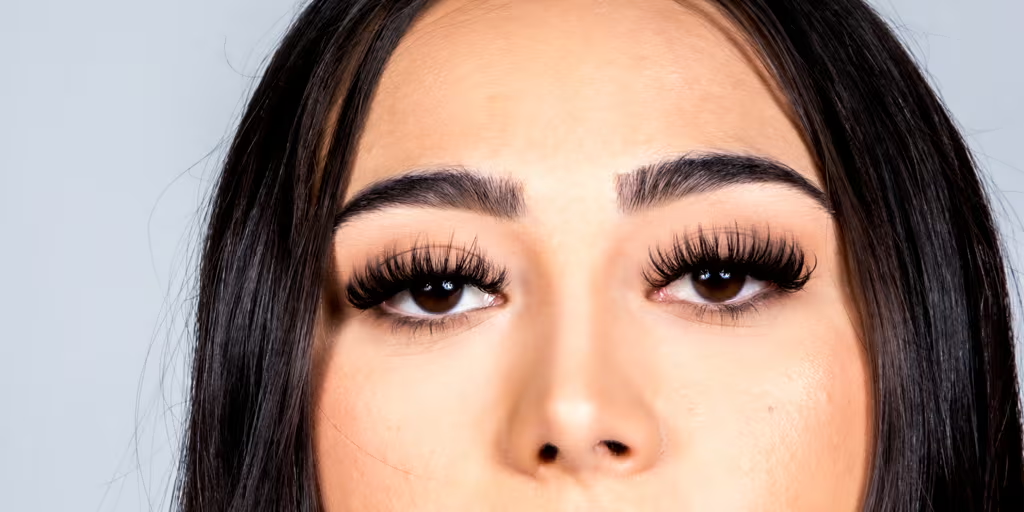If you’ve ever wondered how much are braces, you’re not alone. Orthodontic treatment is a big decision, both financially and personally. Straightening your teeth improves not just your smile but also your bite, oral health, and self-confidence. However, the cost can vary widely depending on many factors such as the type of braces, where you live, and whether you have insurance.
This comprehensive guide breaks down everything you need to know—from average costs to hidden expenses, insurance coverage, and smart ways to save money.
How Much Are Braces on Average?
On average, braces cost anywhere between $3,000 and $10,000 in the United States. The cost varies based on how complicated the treatment is, how long it takes, and which kind of braces you select. For example, traditional metal braces typically fall on the lower end of the spectrum, while lingual braces and Invisalign can be more expensive.
Here’s a quick snapshot:
| Type of Braces | Average Cost (USD) |
| Traditional Metal Braces | $3,000 – $7,500 |
| Ceramic Braces | $4,000 – $8,500 |
| Lingual Braces | $8,000 – $10,000+ |
| Invisalign/Clear Aligners | $3,500 – $8,000 |
The variation in price comes down to complexity, orthodontist fees, and geographic location. In countries like India or Mexico, costs may be significantly lower compared to the U.S. or Western Europe.
What Affects the Cost of Braces?
Various factors can affect the final amount you will pay. Understanding them helps you budget better and compare quotes from orthodontists more accurately.
Type of Braces
- Metal braces: are the most commonly used type and usually provide the most budget-friendly choice. Durable but more noticeable.
- Ceramic Braces: Blend with tooth color, offering a more discreet look but often cost more.
- Lingual Braces: Attached to the back of teeth, making them nearly invisible, but they are complex to install and maintain.
- Clear Aligners (Invisalign): Removable and transparent trays, comfortable and aesthetic, though sometimes pricier depending on case length.
Complexity of Treatment
Mild misalignment requiring 12 months of treatment costs much less than severe bite issues needing 3+ years. More complex cases require additional scans, frequent adjustments, and sometimes surgical interventions.
Orthodontist vs. Dentist
Orthodontists specialize in correcting bite and alignment issues, which may increase fees. However, their expertise often leads to faster and more precise results, making it worth the premium.
Location and Region
- Urban Centers: Higher overhead and demand result in higher fees.
- Rural Areas: Costs tend to be lower but with fewer orthodontists available.
- Country Differences: In the U.S., braces can be 2–3 times more expensive than in some parts of Asia or Eastern Europe.
How Much Are Different Types of Braces?
Traditional Metal Braces
- Average Cost: $3,000 – $7,500
- Pros: Affordable, effective for most cases, durable.
- Cons: Visible appearance, dietary restrictions.
Ceramic Braces
- Average Cost: $4,000 – $8,500
- Best For: Patients seeking less noticeable treatment without jumping to clear aligners.
- Downside: Not as long-lasting and can easily get dirty if not taken care of properly.
Lingual Braces
- Average Cost: $8,000 – $10,000+
- Advantages: Completely hidden from sight.
- Challenges: Harder to clean, longer adjustment time, higher cost due to complexity.
Invisalign and Clear Aligners
- Average Cost: $3,500 – $8,000
- Benefits: Removable, nearly invisible, more comfortable.
- Drawbacks: Requires discipline; not ideal for very severe misalignments.
Hidden and Additional Costs of Braces
Braces involve more than just the initial installation. Be mindful of some extra charges that you should know about:
- Consultation: Some orthodontists charge $100–$300 for the first appointment.
- Diagnostic Tests: X-rays, molds, and 3D scans may cost $250–$500.
- Retainers: After braces are removed, retainers typically cost $150–$500 each.
- Repairs/Emergencies: A broken bracket or lost aligner may add extra costs.
- Adjustment Visits: Usually included in treatment but can incur fees at some clinics.
How Much Do Braces Cost With Insurance?
Insurance can significantly reduce your out-of-pocket expenses. Many dental insurance plans cover a portion of orthodontic treatment, usually 25% to 50% of the cost, with a lifetime maximum benefit (often $1,000–$3,000 per person).
Example Breakdown:
| Type of Braces | Cost Without Insurance | Cost With Insurance (50% coverage, $2,000 cap) |
| Metal Braces | $5,000 | $3,000 |
| Ceramic Braces | $6,500 | $4,500 |
| Invisalign | $7,000 | $5,000 |
Always check whether your insurance covers adult orthodontics since many plans only cover children and teens.
How to Save Money on Braces
Braces don’t always need to drain your wallet. Here are proven ways to cut down costs:
- Dental Schools – Teaching institutions often offer discounted treatments supervised by licensed orthodontists.
- Payment Options – Numerous clinics permit you to divide the total amount into monthly payments.
- Nonprofit Programs – Some organizations help low-income families afford orthodontics.
- Family Discounts – Clinics sometimes provide reduced rates if multiple family members start treatment together.
- HSAs and FSAs – If available through your employer, you can pay with pre-tax dollars.
Are Braces Worth the Cost?
The upfront cost of orthodontics may feel overwhelming, but the long-term benefits outweigh the investment. Cleaning teeth that are straight is simpler, which lowers the chances of getting cavities and gum disease. Properly aligned jaws prevent chronic pain and TMJ disorders.
More importantly, the boost in confidence can be life-changing. A 2020 study by the American Journal of Orthodontics revealed that individuals with corrected smiles reported significantly higher self-esteem and professional confidence.
Case Study:
At 28 years old, Sarah, who works in marketing, postponed her treatment for several years because it was too expensive. After finally investing $5,800 in ceramic braces, she reported not only improved oral health but also landed a promotion, crediting her improved self-image during client presentations.
FAQ: Common Questions About Braces Costs
Q: What is the cost of braces for children in comparison to those for adults?
A: The cost of braces for kids is usually lower because their treatment period is shorter. Adults may face higher costs due to bone density and complex issues.
Q: How much are braces per month with financing?
A: Monthly payments can range from $75 to $250 depending on plan length and clinic policies.
Q: Are braces cheaper at dental schools?
A: Yes, sometimes up to 30–50% cheaper, though appointments may take longer.
Q: Do braces cause pain, and is their cost really worth it?
A: Some discomfort is normal, especially after adjustments, but the lifelong oral health benefits and confidence gains are well worth the price.
Conclusion
So, how much are braces? The answer isn’t one-size-fits-all. On average, treatment ranges from $3,000 to $10,000, depending on type, location, and insurance. While braces are a major investment, the payoff in dental health, appearance, and confidence lasts a lifetime.
If you’re considering orthodontic treatment, the smartest step is to consult at least two or three orthodontists, compare costs, and explore insurance or financing options. Straightening your teeth may come at a price, but the long-term value is priceless.













Leave a Reply